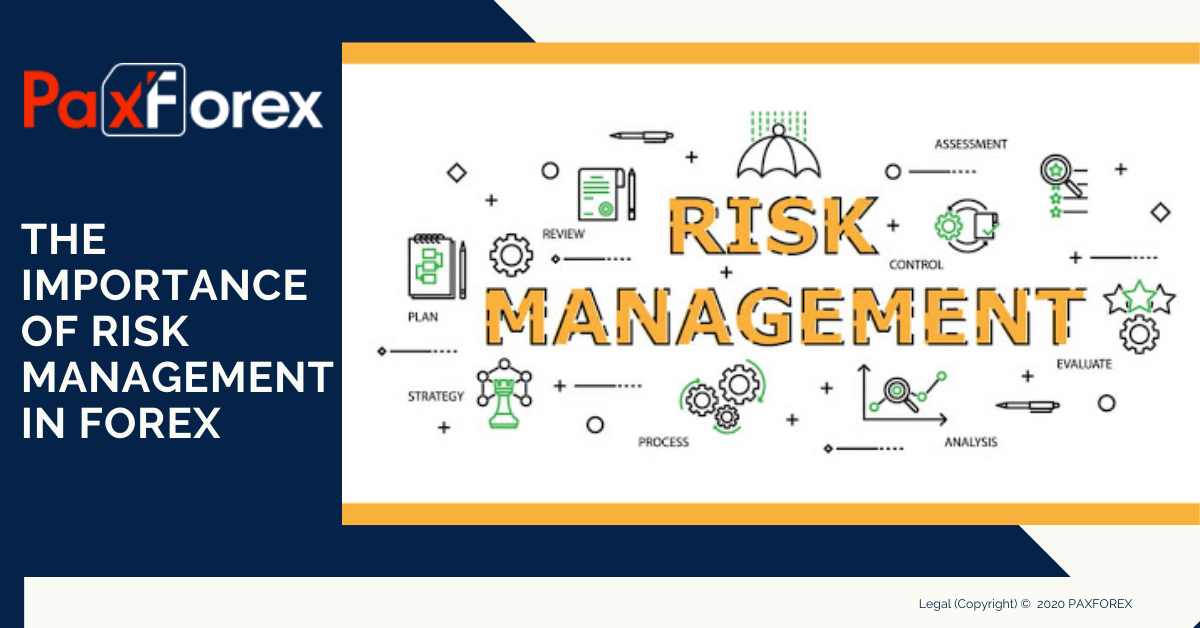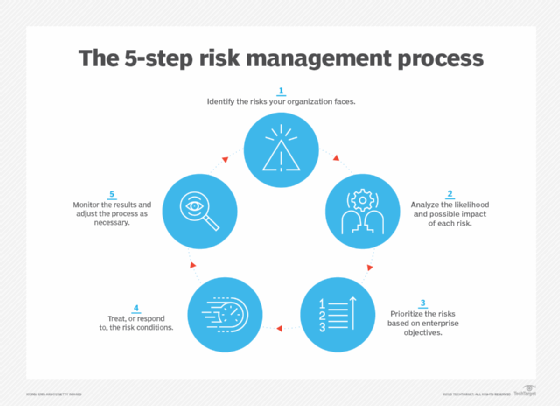Unlocking the Real Importance of Risk Management for Continuous Growth
Discovering the Value of Risk Management for Effective Decision-Making Approaches
In the detailed globe of company, Risk Management emerges as a critical aspect in the decision-making process. The capacity to identify prospective threats and chances, and strategize appropriately, can mean the difference between success and failure.
Recognizing the Concept of Risk Management
Risk Management, an essential part in decision-making, is often misunderstood or oversimplified. Risk Management involves organized and regimented techniques, utilizing information and informative evaluations. From economic uncertainties, legal liabilities, strategic Management errors, to accidents and natural disasters, it deals with various threats - importance of risk management.
The Duty of Risk Management in Decision-Making Processes
In the world of strategic preparation and service operations, Risk Management plays an essential role in decision-making procedures. It aids in recognizing possible threats and uncertainties that can affect the accomplishment of organization goals. By mapping these risks, business can create techniques to alleviate their impact, guaranteeing service continuity and stability. Risk Management thus ends up being an essential device in decision-making, aiding leaders to make educated selections based upon a comprehensive understanding of the dangers involved. It urges a proactive strategy, enabling companies to expect and prepare for possible future circumstances. This substantially decreases the likelihood of adverse consequences, promoting extra reliable and reliable decision-making methods. Risk Management offers as an essential component in the decision-making processes of any kind of organization.

How Risk Management Enhances Strategic Planning
In the context of calculated preparation, Risk Management plays an essential function. Initiating with the recognition of prospective dangers, it better reaches the execution of Risk reduction measures. The function of Risk Management is dynamic yet not fixed, as it demands constant tracking and adjusting of methods.
Determining Possible Risks

Executing Risk Reduction
Risk reduction approaches can vary from Risk avoidance, Risk transfer, to risk decrease. Each method ought to be tailored to the details Risk, considering its potential impact and the organization's Risk tolerance. Effective Risk reduction requires a deep understanding you could try these out of the Risk landscape and the prospective impact of each Risk.
Tracking and Changing Methods
Though Risk mitigation is a vital click site action in calculated preparation, continuous monitoring and adjustment of these approaches is equally vital. This recurring process allows companies to determine new risks and reassess existing ones, ensuring the carried out techniques continue to be reliable in the ever-changing business atmosphere. It additionally provides a chance to review the success of the Risk Management measures, enabling changes to be made where needed, further improving strategic planning. Effective tracking and change call for the use of analytics and essential performance indications (KPIs) to measure efficiency. These devices give important data-driven understandings that can notify critical decision-making. For that reason, surveillance and adjusting Risk Management strategies is an essential component for enhancing a company's durability and tactical preparation.
Instance Researches: Effective Risk Management and Decision-Making
In the globe of business and money, successful Risk Management and decision-making commonly serve as the columns of flourishing ventures. These cases highlight the worth of astute Risk Management in decision-making processes. These instances underscore the essential function of Risk Management in calculated decision-making.
Devices and Methods for Reliable Risk Management
These devices, such as Risk registers and warm maps, aid in determining and examining possible threats. Risk feedback approaches, a key element of Risk Management, involve accepting, avoiding, moving, or mitigating threats. With these methods and devices, decision-makers can browse the complex landscape of Risk Management, thereby assisting in educated and effective decision-making.
Future Patterns in Risk Management and Decision-Making Techniques
As we discover the large landscape of Risk Management, it ends up being noticeable that the strategies and devices utilized today will certainly continue to advance. The principle of Risk society, where every participant of an organization is conscious and involved in Risk Management, will gain a lot more importance. These trends proclaim an even more positive and inclusive strategy towards Risk Management and decision-making.
Final thought

Risk Management therefore ends up being an important tool in decision-making, aiding leaders to make enlightened selections based on a detailed understanding of the threats included. Risk mitigation strategies can vary from Risk avoidance, Risk transfer, to risk decrease (importance of risk management). Efficient Risk reduction needs a deep understanding of the Risk landscape and the prospective impact of each Risk. Risk response methods, an essential component of Risk Management, include accepting, staying clear of, transferring, or mitigating risks. The principle of Risk society, where every member of a company is conscious and entailed in Risk Management, will obtain a lot more prominence